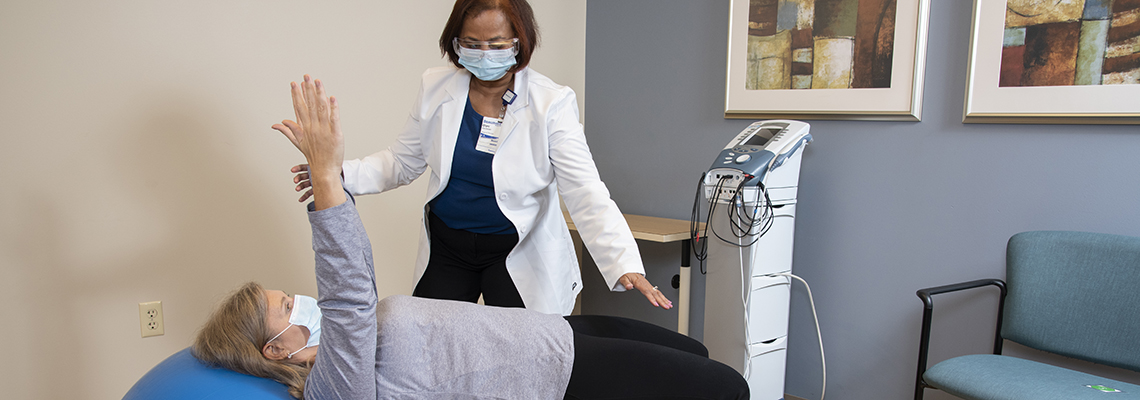One of the main advantages of using FMS in rehabilitation is its ability to identify particular areas that need enhancement. For instance, if a patient struggles with squatting or lunge movements, it may indicate a deficiency of mobility in their hips or ankles. This data allows therapists to create customized exercise programs that highlight addressing these shortcomings. As a consequence, patients are more likely to regain their power and functionality, which is crucial for resuming to daily tasks or sports.

Implementing efficient FMS procedures can also help avoid future injuries. Many injuries happen due to poor mobility patterns or Recommended Site overuse of certain muscle groups. By screening patients before they begin a rehabilitation plan, therapists can detect hazards and implement approaches to minimize them. Educating patients about appropriate mobility patterns and enhancing underdeveloped areas can lead to sustained advantages, ensuring that they stay active and healthy.
Moreover, the use of FMS can enhance dialogue between healthcare providers and patients. When clients see their movement mechanics evaluated and clarified, they gain a clearer comprehension of their rehabilitation process. This clarity fosters confidence and encourages patients to take an active part in their recovery. By involving patients review in their recovery journey, they are more likely to adhere to prescribed activities and behavioral changes that promote better results.
In summary, improving rehabilitation results through efficient operational movement assessment procedures is essential for both clients and healthcare professionals. By accurately evaluating mobility patterns, therapists can create tailored rehabilitation plans that meet specific needs. This not only facilitates in rehabilitation but also assists prevent future injuries. As patients become more involved in their rehabilitation process, they are likely to attain their goals and sustain a fit, active lifestyle.